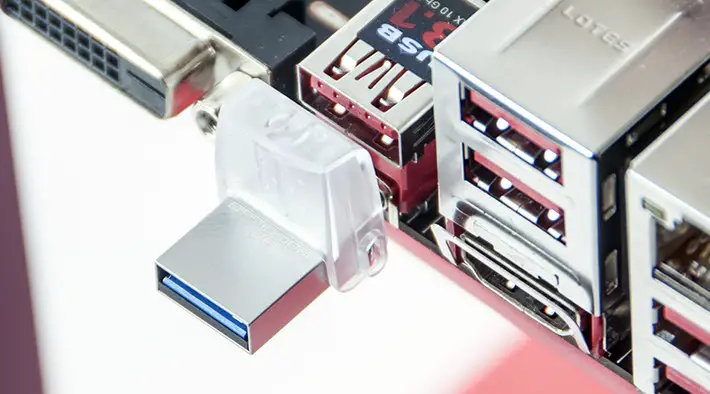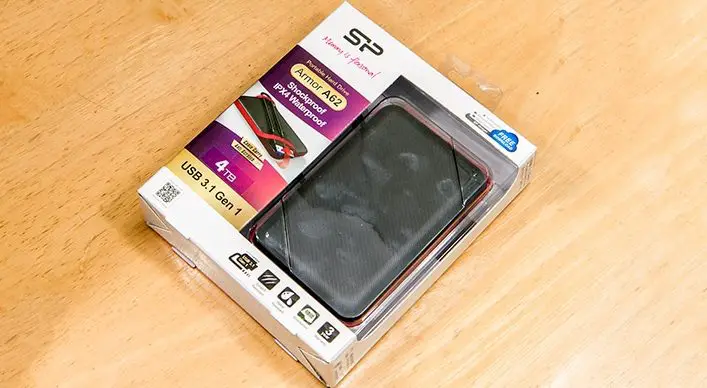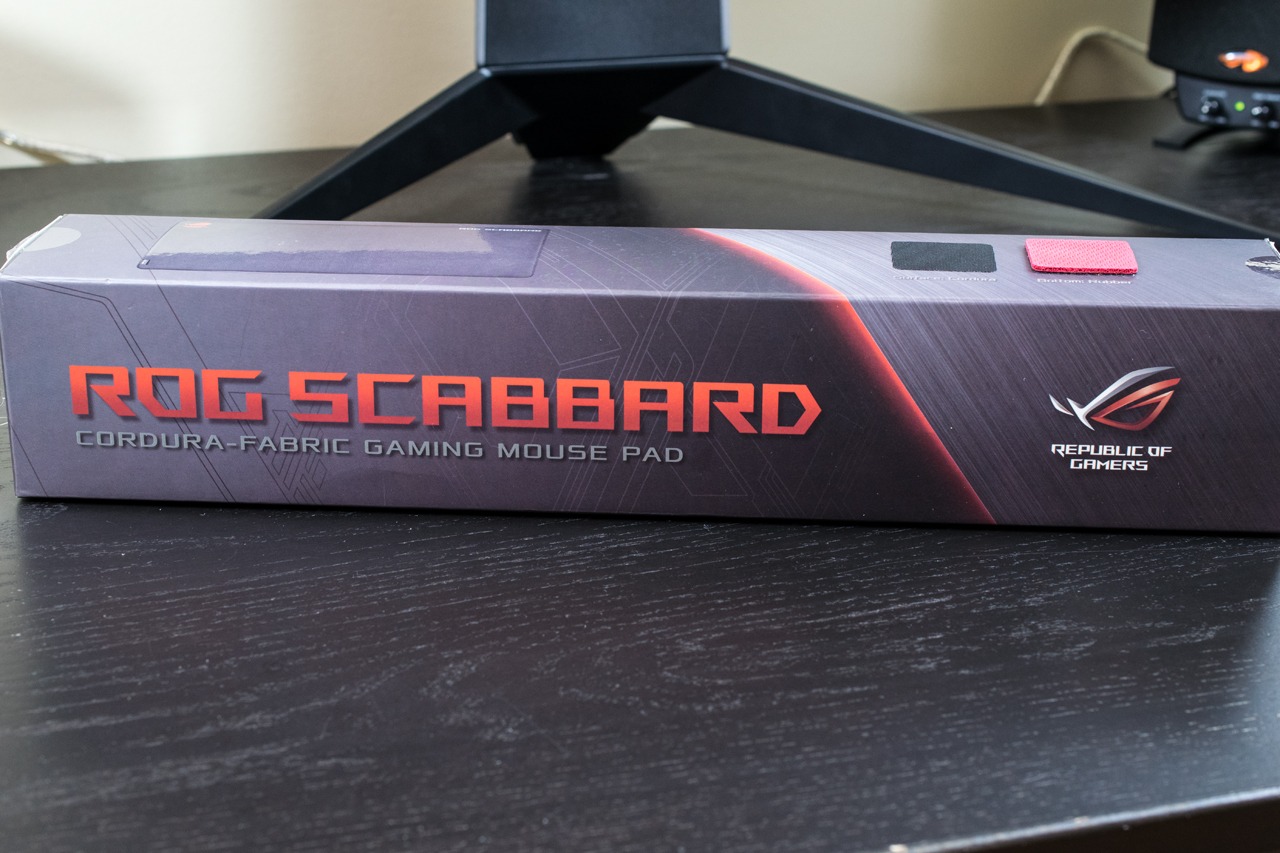Performance:30 out of 40.
While there are indeed faster options available the DT microDuo 3C offers decent performance given its rather small form-factor. Basically if you need more speed you will need to go to a bigger, more bulkier series.
Technological Innovation:19 out of 20
This drive may not be overflowing with performance but great googly moogly is it ever overflowing with technological innovation! This drive not only offers Type-A and Type-C compatibility but does both in a form-factor that is not bigger than the size of these two ports placed end to end!
Build Quality & Warranty: 17 out of 20
The only area we can ding this drive is with its end cap. That end cap only protects the Type-C port and can block adjacent ports. That is an issue that could have been avoided with a different design. On the positive side it is still useable, and this drive does come with a 5 year warranty.
Value: 18 out of 20
This drive easily justifies an asking price that is as small as its form-factor.
Final Score: 84 out of 100
TL;DR
What this drive lacks in performance it more than makes up for in compactness. As long as you have a device that can take advantage of its interface type this drive will provide you with very good performance for years to come.
Closing Statement
It makes perfect sense to us that portable devices would be leading the charge for USB 3.1; after all this one seemingly simple little port opens up a whole new world of possibilities for portable device manufactures. After all Type-C ports offers not only charging abilities that are insane but allows for such a massive bandwidth pipe that things like HDMI and DisplayPorts become redundant.
However, while Type-C is on its way to becoming the de-facto port of the future, its future on the Desktop is a bit more murky to say the least – as it drops all backwards compatibility. Instead the classic Type-A port is still going to be king. This is doubling of necessary is why we actually like what Kingston has done with their new DataTraveler microDuo 3c series. Yes the integrated cap only protects the Type-C port and can block adjacent ports, but its Type-A port is backwards compatible to USB 3.0 and USB 2.0, and this one-two combination means this little bad boy can easily be used on darn near any system.
Of course with that being said this still is as single controller, single NAND IC based device and as such its performance is limited to well below what larger USB 3.0 flash drives can offer. By the same token having 32GB of storage in a package about the size of a quarter combined with 100+ MB/s performance is more than enough for the typical consumer and the typical scenario. All that remains is for the rest of the market to catch up with it and offer Type-C enabled portable devices – Kingston already has the perfect device for them!
This unfortunately is the crux of the problem with the microDuo right now – it’s too forward thinking. Kingston may have been better served by making one end a Type-C port and the other a micro-USB port. Yes this would have decrease compatibility with desktop systems (and necessitated the use of an adapter) but it would have made this device much more versatile right now.
Of course with an asking price so low, there is very little risk involved in purchasing this little bad boy now, and waiting for compatible tablets and phones to appear. After all, they are coming, and as such maybe…just maybe, using a Type-A + Type-C interface will be seen as genius in retrospect. In the meantime this drive may nto be right for everyone, but everyone who does purchase it now will not be disappointed in what it has to offer now and in the near future.











